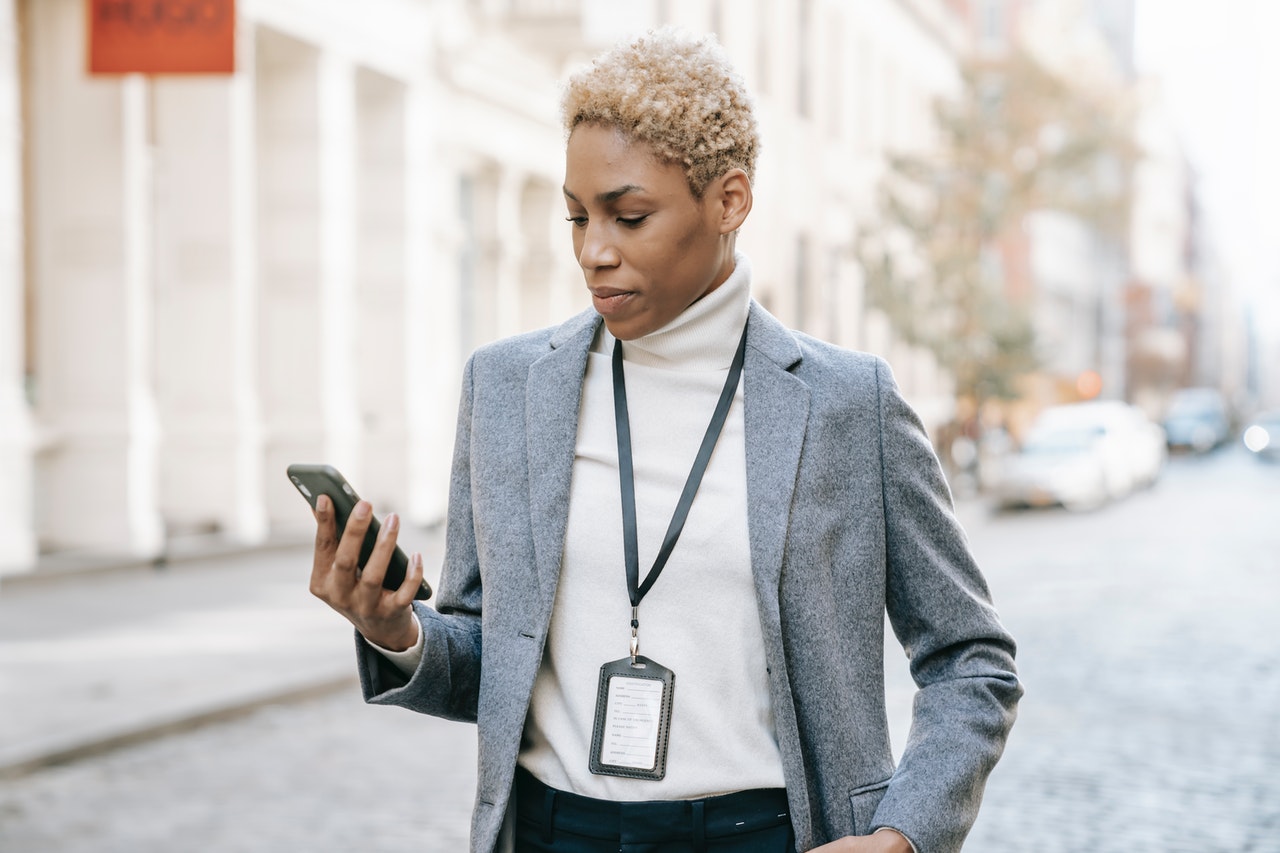Budgeting is important because it helps you create a plan for your money. It’s especially useful if you’re paying off debt. Plus, when you have a budget, you’re less likely to overspend. You can keep a written record of your income and expenses, create a spreadsheet using Excel or Google Sheets, or try out a budgeting app. If you’re inclined to use an app, here’s a helpful overview of four different options.
PocketGuard
This budgeting app allows you to link your credit cards, bank accounts, investments, and retirement accounts, so you can see all of your assets in one place. Do you ever find yourself forgetting to pay bills? PocketGuard also has a bill tracking feature that allows you to set reminders. There’s a free version as well as a paid subscription, which is $4.99 per month or $34.99 per year.
Mint
Mint is the #1 most downloaded personal finance app. By downloading the free app, you’ll get a budget tracker and planner with personalized insights, custom budgets, spend tracking, and subscription monitoring. You’ll also have 24/7 access to your credit score, and the app will inform you of any important changes to your report.
Goodbudget
If you like the envelope system, try Goodbudget. It lets you put your monthly income toward specific categories, also known as envelopes. Instead of syncing accounts, you manually add in the balances. The free version allows one account, two devices (so you can share your budget with family or a partner), and limited envelopes. With the paid version ($7 per month or $60 per year), you can get unlimited envelopes and accounts, up to five devices, and other perks.
EveryDollar
After you add your monthly income and plan out your expenses in the free EveryDollar app, you can start tracking your spending. Plus, you’re able to budget from your desktop and your phone because EveryDollar syncs across devices. With a premium subscription ($129.99 for 12 months after a 14-day free trial), you can connect your bank account and access additional tools.


